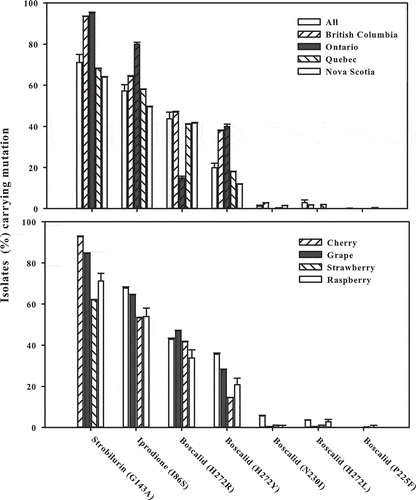Figures & data
Table 1. Changes in the proportion of the area under conventional field crop management1 that was treated with fungicide each year, based on Canadian Census of Agriculture figures.
Fig. 1 (Colour online) Isolates of Fusarium sambucinum recovered from diseased potatoes and grown on potato dextrose agar plates supplemented with 10 mg L−1 thiabendazole to assess fungicide sensitivity. Isolates sensitive (A) or insensitive (B) to benzimidazole fungicides were recovered in similar ratios over a 20-year period.
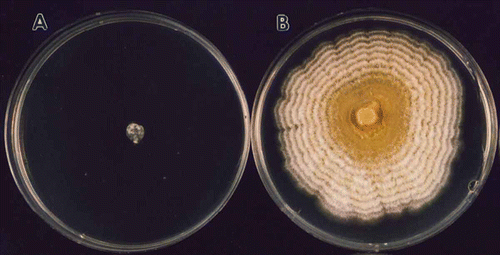
Fig. 2 (Colour online) Isolates of Phytophthora infestans genotype US-23 grown on V8-potato dextrose medium supplemented with 5 mg L−1metalaxyl. Almost all of the Canadian isolates of P. infestans genotype US-23 were sensitive to metalaxyl (right) in 2010, but had been replaced by insensitive isolates (left) by 2013v.
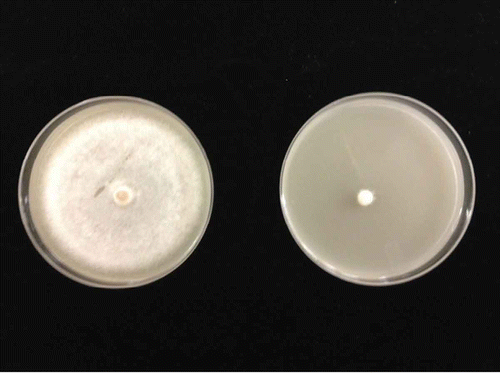
Fig. 3 Proportion of isolates insensitive to selected fungicides in a conidial germination assay of 232 Botrytis cinerea samples collected from vineyards across Quebec in 2010 and 2011. Capped lines indicate standard error.
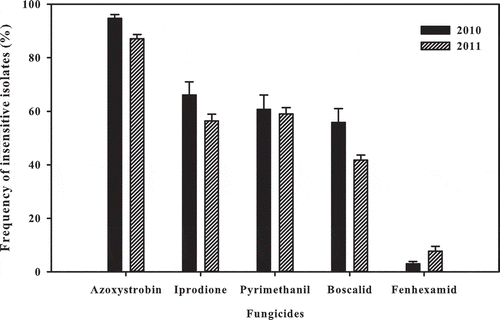
Fig. 4 Proportion of single nucleotide polymorphisms (SNPs) associated with specific fungicide insensitivity in Botrytis cinerea isolates collected from vineyards across Quebec in 2012. Capped lines indicate standard error.
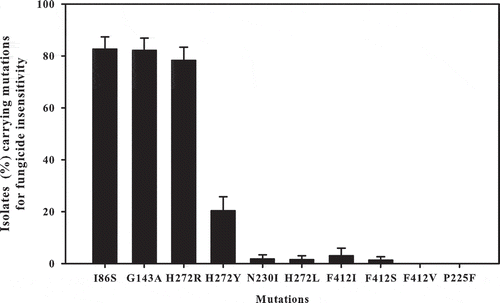
Fig. 5 Proportion of single nucleotide polymorphisms (SNPs) associated with specific fungicide insensitivity in Botrytis cinerea isolates collected from cherry, grape, strawberry and raspberry fields in Nova Scotia, Quebec, Ontario and British Columbia in 2012. Capped lines indicate standard error.
